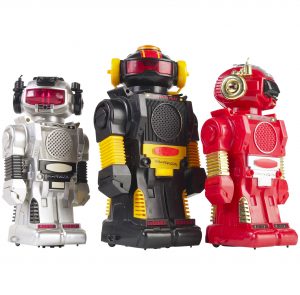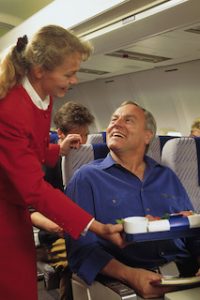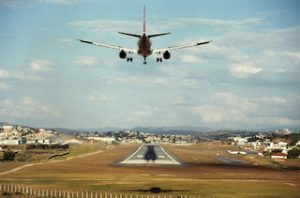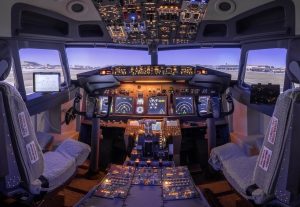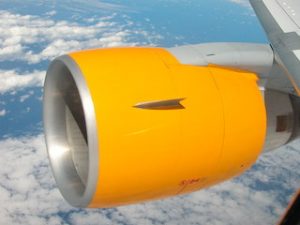16 Personality Types Test in Aviation
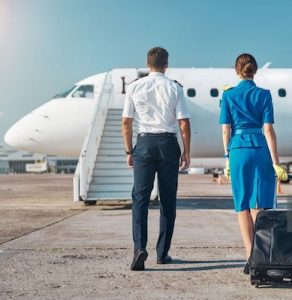 The 16 personality types test, often associated with the Myers-Briggs Type Indicator, categorises individuals based on preferences in four dichotomies: Introversion/Extraversion, Sensing/Intuition, Thinking/Feeling, and Judging/Perceiving. In aviation, this framework aids in understanding how airline pilots and stewardesses interact, make decisions, and handle stress. By identifying personality types, airlines can foster better teamwork and communication among crew members. This understanding contributes to safer and more efficient flight operations.
The 16 personality types test, often associated with the Myers-Briggs Type Indicator, categorises individuals based on preferences in four dichotomies: Introversion/Extraversion, Sensing/Intuition, Thinking/Feeling, and Judging/Perceiving. In aviation, this framework aids in understanding how airline pilots and stewardesses interact, make decisions, and handle stress. By identifying personality types, airlines can foster better teamwork and communication among crew members. This understanding contributes to safer and more efficient flight operations.
Application of 16 personality types test 1in pilot selection
Airlines often utilise 16 personality types test during the pilot selection process. These tests help identify candidates whose traits align with the demands of the profession. For instance, pilots with a Judging preference may excel in structured environments, adhering to protocols and checklists. Conversely, those with a Perceiving preference might adapt quickly to unexpected situations. Understanding these traits ensures that pilots can handle the dynamic nature of flight operations effectively.
Personality traits common among pilots
Certain personality traits are prevalent among successful pilots. Many exhibit Introversion, allowing them to focus deeply on tasks without external distractions. A Thinking preference enables logical decision-making, crucial during high-pressure situations. Judging types often prefer structured environments, aligning with the regimented nature of aviation. These traits collectively contribute to a pilot’s ability to manage complex systems and ensure passenger safety.
Stewardesses and their personality profiles
Stewardesses often display Extraversion, engaging warmly with passengers and colleagues. A Feeling preference allows them to empathize with passengers’ needs, enhancing customer service. Perceiving types may adapt swiftly to changing situations, such as handling in-flight emergencies. These personality traits enable stewardesses to create a comfortable and safe environment for travelers.
Team dynamics based on personality types
Understanding the diverse personality types within a flight crew enhances team dynamics. Pilots and stewardesses with complementary traits can collaborate effectively. For example, a pilot’s structured approach pairs well with a stewardess’s adaptability. Recognizing these differences fosters mutual respect and efficient communication. This synergy is vital for managing both routine operations and unexpected challenges.
Training programs incorporating personality assessments
Some airlines integrate personality assessments into their training programs. These assessments help tailor training to individual learning styles and strengths. For instance, an Introverted pilot might benefit from self-paced learning modules. An Extraverted stewardess may thrive in interactive group training sessions. Such customisation enhances the effectiveness of training and prepares crew members for real-world scenarios.
Conflict resolution through personality awareness
Awareness of personality types aids in resolving conflicts among crew members. Understanding that a colleague’s behavior stems from their personality traits can reduce misunderstandings. For example, a Judging type’s need for structure may clash with a Perceiving type’s flexibility. Recognizing these differences allows for constructive dialogue and compromise. This approach maintains a harmonious working environment.
Enhancing passenger experience with personality insights
Stewardesses can utilize personality insights to enhance passenger experiences. By recognizing their own traits, they can adapt their service approach to suit different passenger needs. For instance, an Extraverted stewardess might engage more with sociable passengers. Conversely, with reserved passengers, a more subdued approach may be appropriate. This adaptability ensures a pleasant journey for all travelers.
Leadership styles among pilots
Pilots’ leadership styles often reflect their personality types. An ENTJ pilot may take a decisive and strategic approach to leadership. An ISTJ pilot might lead through meticulous planning and adherence to procedures. Understanding these styles helps in assigning roles within the cockpit. It also aids in developing training programs that enhance leadership skills.
Stress management and personality types
Personality types influence how crew members manage stress. Introverted individuals may prefer solitary activities to decompress after flights. Extraverted crew members might seek social interactions to relieve stress. Recognizing these preferences allows airlines to provide appropriate support systems. This support contributes to the overall well-being of the crew.
Career progression aligned with personality traits
Understanding personality types can guide career progression within the aviation industry. Pilots with strategic thinking skills may advance into training or management positions. Stewardesses with strong interpersonal skills might transition into customer service leadership roles. Aligning career paths with personality traits ensures job satisfaction and effectiveness.
Soaring together through personality awareness
In the dynamic world of aviation, recognizing and valuing diverse personality types among pilots and stewardesses fosters a cohesive and efficient team. By embracing these differences, airlines can enhance safety, improve passenger experiences, and support crew well-being. This harmonious integration of personalities ensures that every flight is a collaborative success.


